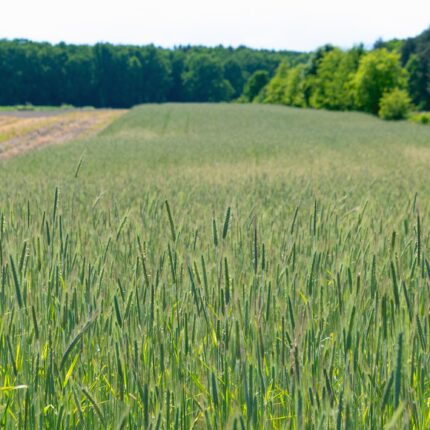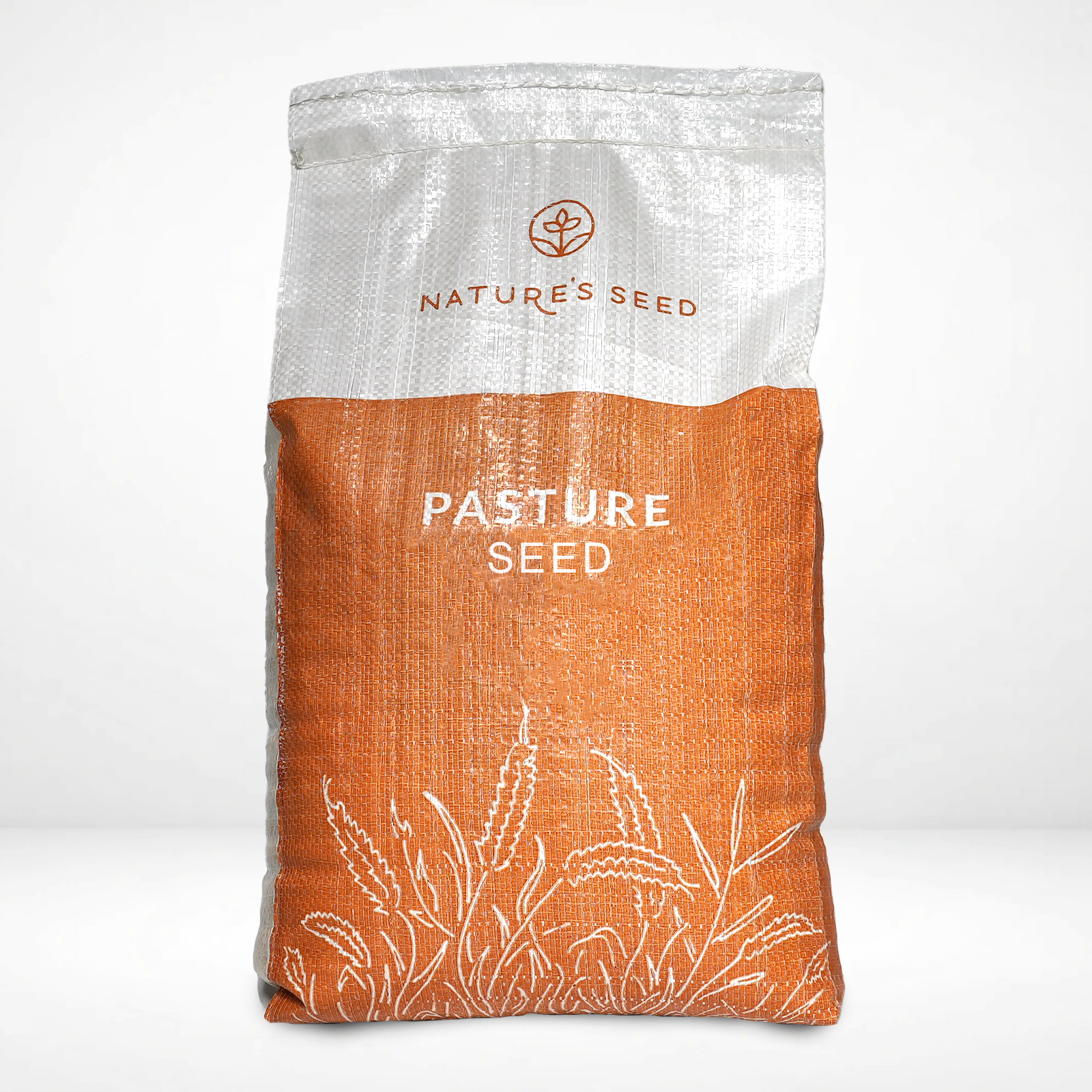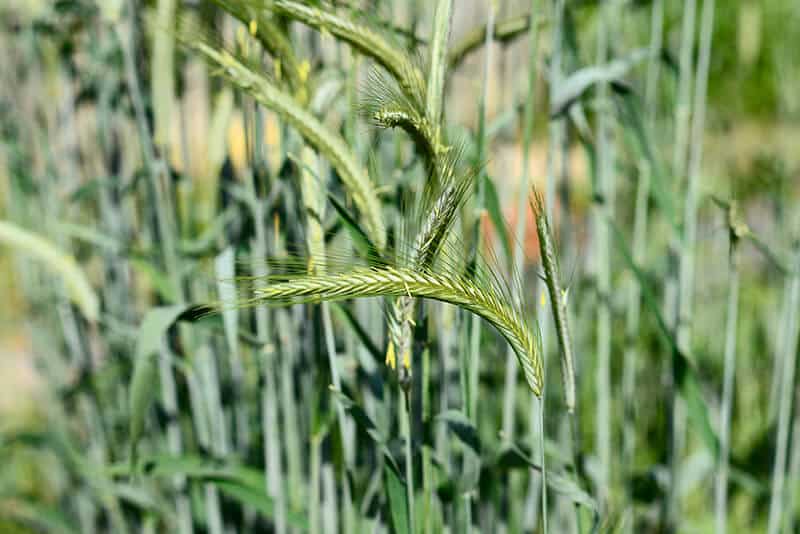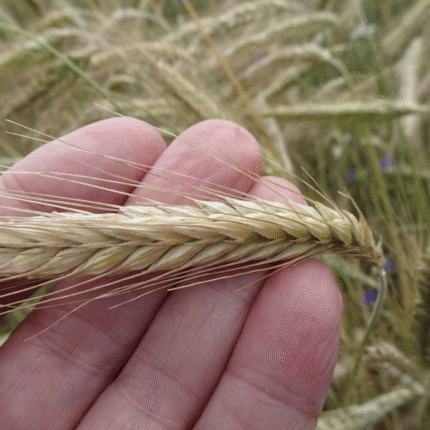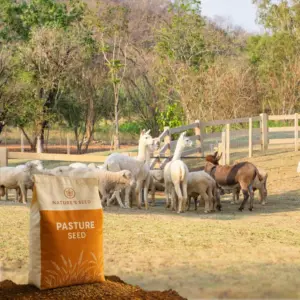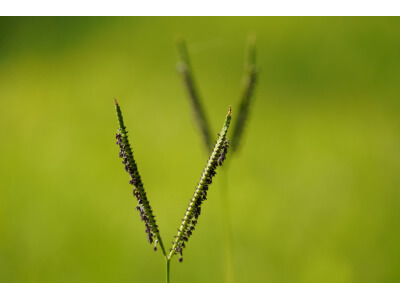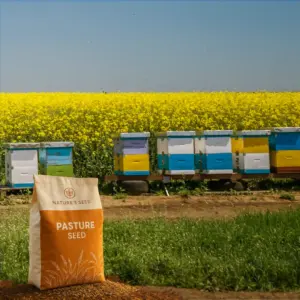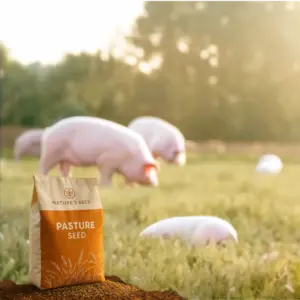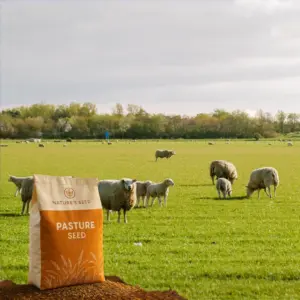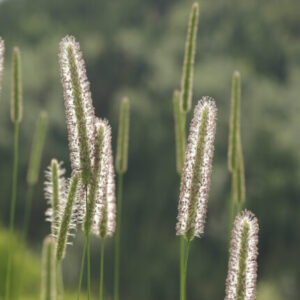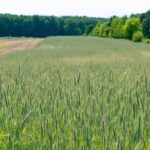
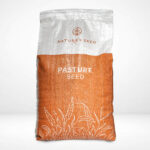
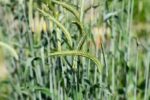
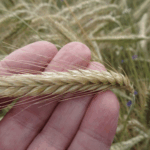
What is Cereal Rye?
Cereal Rye Seed (Secale cereale) is a hardy cool-season annual grass prized for its resilience and versatility. Widely adapted across the U.S., from the Great Plains to the Northeast, it survives freezing winters and summer drought. Use it to improve pastures, extend grazing seasons, and protect soil as a cover crop. This quick-growing rye thrives with low water and inputs, suppresses weeds, prevents erosion, and even supports wildlife as winter forage.
Specifications
Sun Requirement
Full sun; tolerates light shade
Soil Preference
Low to moderate
Soil pH
Adaptable
Time to Maturity
~4–6 months
Height when mature
~3–5 feet tall
Seeding Rate
20 Lbs/Acre
Planting Depth
1 inch
Cereal Rye
Secale cereale | SKU: PG-SECE
- Cattle
- Sheep
- Goats
- Alpaca/Llama
Does This Product Grow Well in Your Region?
Check your region
Select Quantity
Why Choose This Seed?

Drought Performance
Cereal rye shines in dry conditions. Its robust root system probes deep for moisture, allowing it to stay green and growing when other grasses struggle. This rye tolerates drought better than any other small grain, surviving on minimal rainfall once established. Landowners in arid climates value rye’s ability to remain productive with little or no irrigation.
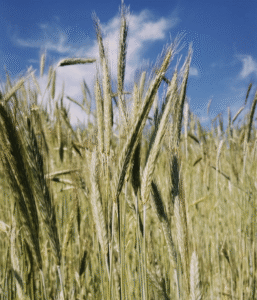
Low Maintenance
If you need a tough grass that practically grows itself, cereal rye fits the bill. It germinates quickly in cool weather and thrives on poor or low-fertility soils where other crops fail. Farmers historically used it as a cover crop to enrich fields before fertilizers existed. It requires very little pampering – just seed it in the fall, and it will establish without fuss, overwinter, and surge back in spring. Minimal water, no special fertilizers, and high resilience to pests and diseases (rye is generally more disease-resistant than other cereals) make it an easy, low-input choice.
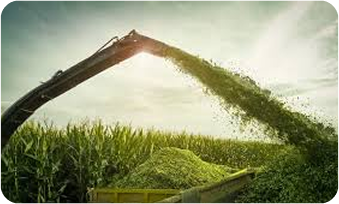
Cover Cropping
Cereal rye cover crop stabilizes soil after corn harvest, protecting against erosion. Cereal rye is a workhorse for soil conservation. Planted in late summer or fall, it rapidly forms a ground cover that holds the topsoil against wind and rain. Its fibrous roots bind the soil and even help break up compacted layers, improving water infiltration. Come winter and early spring, a dense stand of rye shields the earth from erosion and nutrient runoff rye is often planted specifically to catch excess nitrogen and prevent it from leaching away. The result is a protected, healthier soil ready for your next crop.
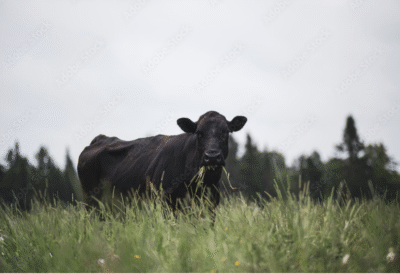
Grazing Resilience
Rye’s quick growth and regrowth make it excellent for grazing management. Livestock can start grazing cereal rye pastures as soon as the plants reach ~6–8 inches tall (often 4–6 weeks after planting). Unlike more delicate forages, rye tolerates grazing pressure and will continue growing if not grazed to the ground. It has “excellent resistance to heavy grazing” – perfect for extending the grazing season into late fall and early spring when warm-season grasses are dormant. Just rotate or strip-graze your animals and avoid grazing below about 3–4″ stubble height, and the rye will bounce back with fresh growth. Its grazing value is high: in the vegetative stage, it is tender and palatable, with crude protein often above 15% and good digestibility for cattle and other ruminants. Many ranchers mix rye with triticale or annual ryegrass to maximize forage yield and quality through winter.
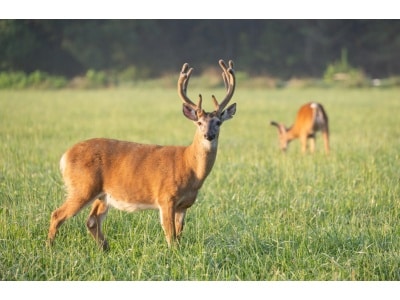
Wildlife Habitat
Beyond the barnyard, cereal rye is a favorite of wildlife enthusiasts. Deer, in particular, relish young rye – it germinates in cool autumn weather to create lush green forage just in time for deer season. Rye is highly preferred by deer and withstands their browsing pressure, making it a go-to choice for food plots. It stays green and palatable into early winter, attracting whitetails and other wildlife when most natural browse is gone. Upland game birds and wild turkeys also benefit: rye fields provide excellent brood cover and bug-rich habitat in spring, and if left to seed, the mature grain can feed songbirds (though deer tend to ignore the seed heads in favor of the tender foliage). In short, planting cereal rye can boost biodiversity on your land, from sustaining pollinators and predatory insects taking shelter in the cover crop, to nourishing everything from rabbits to wild elk.
Seed Description
Product Details
Sun/Shade
Full sun
Height
~3–5 feet tall
Seeding Rate
20 Lbs/Acre
Uses
Cover cropping , grazing & forage , erosion control, winter wildlife food plots, garden cover crop
Color
Green foliage
Water
Green foliage
Native/Introduced
Introduced
Life Form
Perineal Grass
Product Uses
Forage & Grazing
Cereal rye is a reliable cool-season forage that extends grazing into fall and early spring. Fast-growing and high in protein (15–20% when vegetative), it supports weight gain for cattle, sheep, and goats. Graze 4–6 weeks after planting and manage with rotation or strip-grazing for best regrowth. Ideal for reducing hay use and filling feed gaps when other grasses slow down.
Erosion Control
Cereal rye is a top choice for soil stabilization. Its dense roots anchor soil, reduce erosion, and protect against runoff on slopes, fields, and streambanks. Fast growth forms a winter cover that captures nutrients and improves soil structure. It’s a low-cost way to safeguard and enrich topsoil through winter and beyond.
Low-Maintenance Landscaping
Cereal rye is a low-maintenance, eco-friendly cover for large properties, vacant lots, or tough soil areas. It germinates in cool weather, suppresses weeds, and grows in a wide range of soils with minimal water or care. Ideal as a winter cover in gardens or landscapes, it protects and enriches soil, then naturally dies back by summer—no mowing needed.
Native Restoration
Cereal rye is often used as a nurse crop in native grassland and prairie restoration. Though not native, it grows quickly to protect young native seedlings from erosion, weeds, and harsh conditions. Rye naturally dies after one season, improving soil and leaving room for other plants to thrive. When seeded at proper rates and well managed, it boosts establishment success without competing long-term.
Questions & Answers
Is cereal rye good for grazing and forage for my animals?
Yes, cereal rye is an excellent cool-season forage for cattle, sheep, goats, and even horses. It grows fast in fall and spring, offering protein-rich grazing (15–25% when young). Livestock find it palatable before it heads out, making it ideal for rotational grazing. It can also be cut for hay or silage—best at early heading. While horses may prefer other grasses, rye is safe and helps fill forage gaps when pastures are dormant.
When and how should I plant cereal rye seed?
Plant cereal rye in late summer to fall—August–September in the North, September–October in mid-regions, and as late as December in the South. Drill seeds 1 inch deep at 60–90 lbs/acre for best results, or broadcast at 100+ lbs/acre and lightly incorporate. It germinates in cool soil (low 40s °F) and sprouts in 7–10 days with moisture.
Does cereal rye require a lot of water or fertilizer?
Cereal rye is highly drought-tolerant and thrives with minimal inputs. Once established, it often grows well on rainfall alone and typically needs no added fertilizer, especially as a cover crop, where it scavenges leftover nitrogen. It tolerates poor, acidic soils and rarely requires lime or extra nutrients. For grain production, light spring fertilization may help, but otherwise, rye is a low-maintenance, tough crop that grows where others struggle.
How do I manage cereal rye as a cover crop or for grazing?
As a cover crop, terminate rye in spring before it sets seed—usually at flowering—for easy kill and breakdown. Mow, roll-crimp, or use herbicide (if not organic). Terminate early (12–18″) for easier decomposition, or later (4–5′) for more biomass and weed suppression, though mature straw can tie up nitrogen. For no-till, mow or roll and plant through the mulch.
For grazing, rye can be grazed in fall if established early, but spring offers peak forage. Start grazing at 6–10 inches tall, and avoid overgrazing—leave 3–4 inches to encourage regrowth. It can regrow multiple times with moisture. In mixed stands with legumes, rye dominates early, and legumes fill in later—watch stocking rates to protect tender seedlings.
Will cereal rye grow well with other plants, like clover or wildflowers?
Cereal rye can be grown in mixes but tends to dominate, so seeding rates must be adjusted. It’s commonly paired with legumes like hairy vetch or clover; rye provides structure, while legumes add nitrogen. To avoid crowding, reduce rye to half rate (e.g., 50 lbs/acre with 20 lbs/acre of vetch). For wildflowers or native grasses, use rye as a nurse crop at low rates (20–25 lbs/acre), then mow in spring to let natives take over. Rye’s fast growth and allelopathy help with weed control, but careful management is needed to avoid suppressing desired species.
Where can I grow cereal rye? What regions or climates is it suited for?
Cereal rye is one of the most adaptable cereal crops in the U.S., thriving in nearly every region. It’s the most cold-hardy grain, surviving winters as harsh as –30°F (Zones 3+), and it also performs well as a winter annual in southern areas like the Southeast and Southern Plains (Zones 8–10). Rye prefers cool-season growth and tolerates a wide range of soils, from sand to clay, and even acidic conditions. It’s commonly grown in the Midwest, Great Plains, Northeast, Pacific Northwest, and parts of the South. Just plant in fall—earlier in northern areas, later in the South—and rye will take it from there.
Still have
questions?
Our planting experts
are here to help.
Call Us
801 770 4141
8 AM–5 PM
Monday–Friday
Reviews
| Dimensions | 2 in |
|---|---|
| Sun/Shade | |
| Est Rate | |
| Height | |
| Seeding Rate | |
| Uses | , , , , , , |
| Mix Contents |
60-90 lbs. / Acre (drill-seed) 150 lbs. / Acre (aerial-seed) |
| Color | , , |
| Water | |
| Native | |
| Life Form | |
| Lowest price | |
| Pounds | , |
| Coverage Area | , , |
